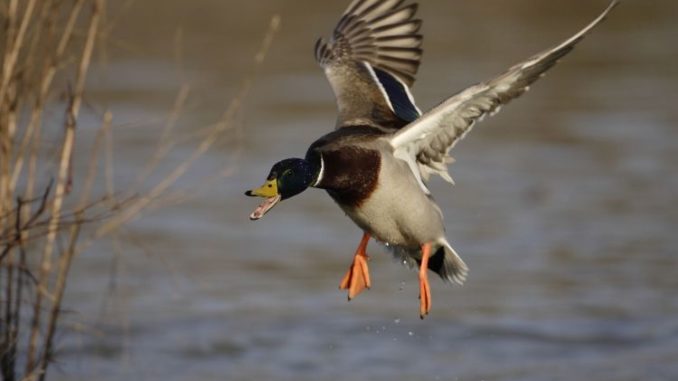
But most populations still above long-term averages, USFWS says
The U.S. Fish and Wildlife Service on Monday released its report on 2018 Trends in Duck Breeding Populations, based on surveys conducted in May and early June by the U.S. Fish and Wildlife Service and the Canadian Wildlife Service.
According to a press release from Ducks Unlimited, total populations were estimated at 41.2 million breeding ducks in the traditional survey area, 13 percent lower than last year’s estimate of 47.3 million and percent but 17 percent above the long-term average. The projected mallard fall flight index is 11.4 million birds, down from the 2017 estimate of 12.9 million.
The main determining factor for duck breeding success is wetland and upland habitat conditions in the key breeding landscapes of the prairies and the boreal forest. Conditions observed across the U.S. and Canadian survey areas during the 2018 breeding population survey were similar to or, in a few areas, declined compared to the 2017 survey.
The total pond estimate for the U.S. and Canada combined was 5.2 million, which is 14 percent below the 2017 estimate of 6.1 million and identical to the long-term average of 5.2 million.
“The dip in the population for prairie-breeding puddle ducks is not unexpected and by no means unprecedented given that conditions on the prairies this spring were drier than last year,” said DU chief scientist Tom Moorman. “As a result, 2018 populations dropped accordingly. However, populations of all key species except northern pintails and scaup remain above long-term averages.
“This year’s breeding population decline is a reminder of the need to sustain the capacity of breeding habitats, particularly in the prairies as we go through natural variation in wetland conditions. Waterfowl populations are adapted well to short-term swings in habitat conditions, but we must continue to guard against the long-term loss of prairie breeding habitat.”
Species estimates are:
Mallards: 9.3 million, 12 percent lower than 2017 and 17 percent above LTA
Gadwall: 2.9 million, 31 percent lower than 2017 and 43 percent above LTA
American wigeon: 2.8 million, 2 percent above 2017 and 8 percent above LTA
Green-winged teal: 3 million, 16 percent lower than 2017 and 42 percent above LTA
Blue-winged teal: 6.5 million, 18 percent lower than 2017 and 27 percent above LTA
Northern shovelers: 4.2 million, 3 percent lower than 2017 and 62 percent above LTA
Northern pintails: 2.4 million, 18 percent lower than 2017 and 40 percent below LTA
Redheads: 1 million, 10 percent lower than 2017 and 38 percent above LTA
Canvasbacks: 0.7 million, 6 percent lower than 2017 and 16 percent above LTA
Scaup: 4 million, 9 percent below 2017 and 20 percent above LTA
View all the data and get a species-by-species breakdown here.


